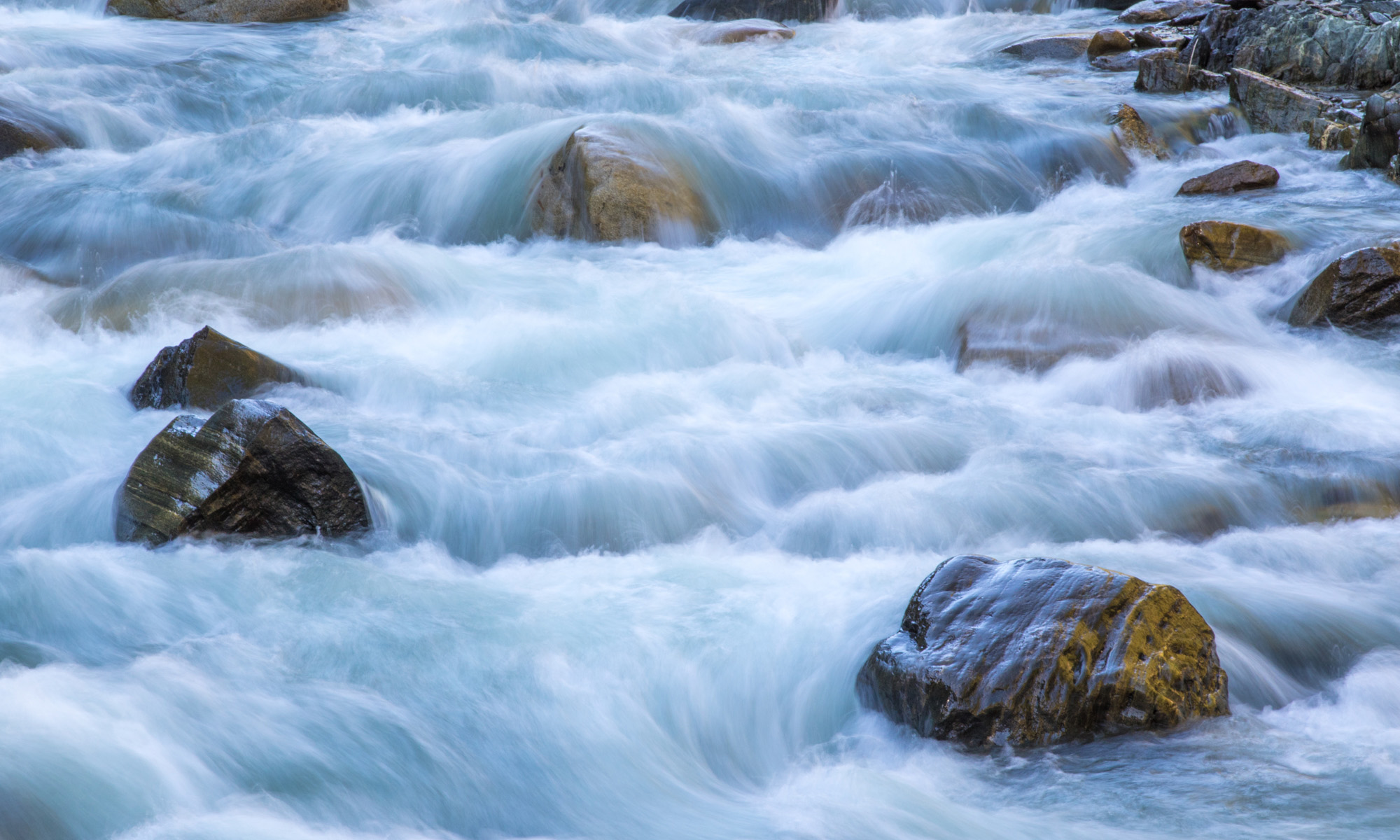Today’s Question: I typically use Sharpening (Filter > Unsharp Mask) in my Photoshop workflow. When should I sharpen my image file, at its original large size or after I’ve reduced the image size for printing?
Tim’s Quick Answer: I recommend sharpening both the original image and the image prepared for final output, just with different settings and a different focus (no pun intended).
More Detail: There are benefits to sharpening both the original image at full resolution and the processed image that has been resized to the final output size. This is particularly important for photos that will be printed compared to those that will only be shared digitally.
The first pass of sharpening I recommend applying as part of the process of processing the original raw capture, such as in the Develop module in Lightroom Classic or in Camera Raw for Photoshop users. This sharpening should be relatively modest, aimed only at compensating for the minor loss of sharpness caused by the lens, digitization of the analog signal, and more. It is important not to over-sharpen at this stage, as that can have a negative impact on image quality when it is shared later.
The second pass of sharpening is the output sharpening and should be applied after the image is resized and otherwise prepared for output. This sharpening is focused on compensating for any loss of sharpness that will occur with the output process, such as printing. For photos printed to uncoated matte paper, for example, the ink can spread considerably on the paper. Therefore, you can think of there being a need to over-sharpen the image slightly to compensate for the reduction in sharpness in the print process.
For images that will be printed to coated glossy papers you don’t need to sharpen as much, because the ink won’t spread as much on the paper. For digital sharing you would apply even less sharpening, though a slightly stronger effect might be applied to images projected to a large screen to help improve the perceived sharpness in that context.
So, sharpening the original image is aimed at compensating for the slight loss of sharpness that occurs during capture, and the sharpening the image resized and prepared for output compensates for degraded sharpness in the output process.
Note that in some respects you could think of adjustments such as Texture, Clarity, and Dehaze as providing a third sharpening pass, but that occurs between the first pass and the output pass. This is often described as being a creative version of sharpening.

